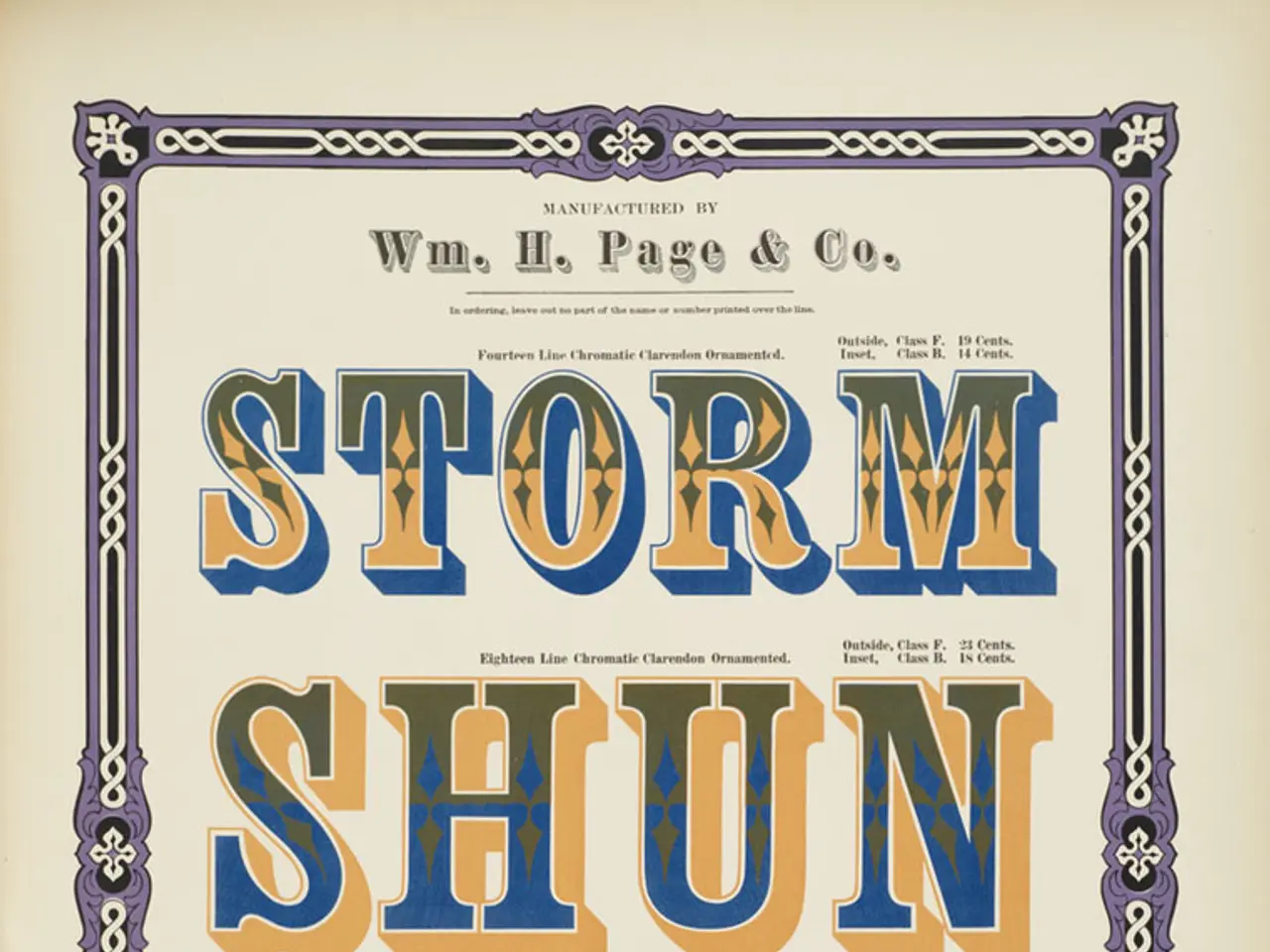The Influence of Visual Narratives in Design Creation
In the realm of design, visual storytelling has emerged as a powerful tool that creates compelling narratives and resonates with audiences on an emotional level. This approach, when consistently applied, can transform a design into a cohesive and memorable experience.
By using consistent visual elements, designers can create a sense of unity that ties the entire experience together. This unity not only enhances the user experience but also shapes how users view the design as a whole.
Visual storytelling has a profound influence on perception. It evokes emotions, creates connections, and shapes how the audience views the brand or message. By making information more relatable and understandable, visual storytelling can lead to changes in perception.
One of the key benefits of visual storytelling is its ability to influence perception by creating associations between different elements within a design. This association can help users to better understand and remember the information presented.
Designers can enhance the storytelling experience by using techniques such as animation and interactive elements. These techniques can make the design more engaging and impactful, creating a stronger connection with the audience.
Understanding the audience's preferences, interests, and emotions is essential before incorporating visual storytelling into a design. By making visual storytelling relatable and relevant to the audience's lives, designers can create a stronger connection with the message being conveyed.
Continuously testing visual storytelling elements with the audience to see what resonates best with them, then iterating based on their feedback, is a crucial part of the design process.
Famous companies such as Bugatti, transformed by Interbrand into a "hyper-luxury icon" with a holistic design approach and distinctive visual language, and luxury brands leveraging innovative storytelling and personalized online experiences across social media and influencer marketing to authentically present their unique identities, are prime examples of the power of visual storytelling in design.
For those interested in learning more about colour in design, an article on how to use colour to make small spaces look bigger is available.
Incorporating visual storytelling into designs can enhance user experience, build brand identity, evoke emotions, create connections, influence perception, and create more engaging and impactful experiences for the audience. Designers can achieve this by using compelling imagery, creating a visual hierarchy, and using visual elements to evoke emotions and convey the intended message.




